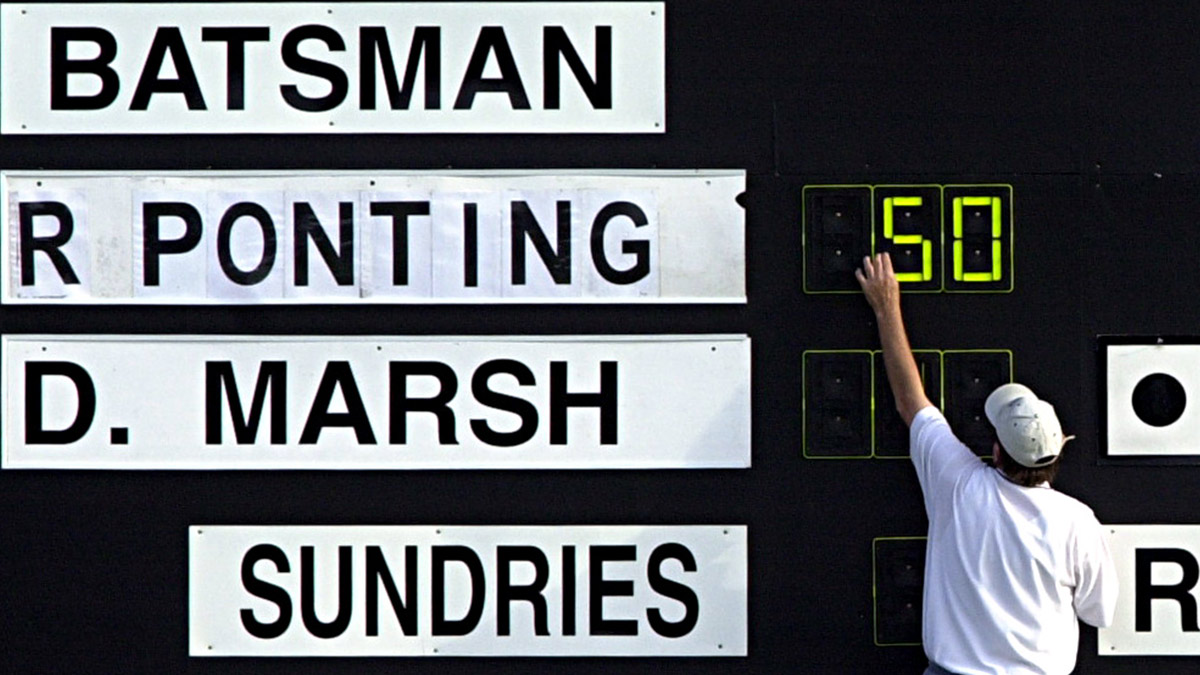The 50-day moving average; why this market indicator may hold clues to the next bout of stock volatility

Pic: Getty
After an extended period of calm, ASX 200 investors got a rude shock yesterday when the local index briefly threatened to fall by more than 2% for the first time since February.
Could it be a sign of increased volatility — not just for the ASX, but globally?
For an early warning signal, keep an eye on the 50-day moving average of the S&P500, Chris Weston says.
Weston, Head of Research at trading platform Pepperstone, is on high alert for any changes in trading patterns that could have the potential to “derail the risk-on vibe”.
50-day moving average
The 50-day moving average is viewed by traders as the ‘first line of support’ for a given trend.
For example, if the ASX 200 fell materially below its 50DMA, that could indicate a reversal of a previous trend that had been in place.
And with major stock indexes climbing to new all-time highs in August, the broader trend has mainly been up.
Stagflation?
For Weston, the key index to watch for any shifting trends in the moving average is the US S&P500.
“As long as the index is above the 50-day MA we tend to see ‘buy the dip’ strategies working well,” he said in a research note this week.
As the September quarter draws to a close, Weston highlighted a divergence emerging between earnings expectations and economic growth.
In the US, consensus is forming among economists that Q3 GDP will be lower than previously forecast, as lingering Delta complications weigh on activity.
And in Australia, the Q3 contraction is expected to be particularly acute with NSW and Victoria in lockdown.
While economic growth has slowed, Weston said the prevailing view on Wall Street is that “Delta is close to peaking, and while there is a lag effect consumption should come roaring back”.
The extent of that lag will be a key question for investors heading into the end of the year, he said.
Investors in the ‘snap-back’ camp will probably be able to look through the current Delta-linked slowdown, Weston added.
But if economic data continues to weaken into the December quarter, the current earnings estimates for the S&P500 “could be at risk”.
At the same time, post-COVID inflation levels have been the central talking point through the middle of the year.
So far markets have largely digested the higher inflation prints, coming off a low base from 2020.
But Weston said the following scenario is getting more air time; slowing economic growth, combined with supply-side factors (such as the shipping crisis) that flow through to stickier inflation.
Such a scenario is known as stagflation, and it’s a word that’s been getting a lot more use lately, Weston said.
“In fact, running the story count we see articles on stagflation are through the roof,” he noted.
And the idea of the central banks responding to higher CPI by tightening liquidity while broader growth declines “may not sit well with bond or equity investors”.
Is more volatility on the way?
As the post-COVID recovery reaches a complex juncture, Weston reiterated the 50-day moving average for the S&P500 is the key metric to watch.
“A close through the moving average, and we may well see the markets talk themselves into a more pronounced drawdown,” he said.
UNLOCK INSIGHTS
Discover the untold stories of emerging ASX stocks.
Daily news and expert analysis, it's free to subscribe.
By proceeding, you confirm you understand that we handle personal information in accordance with our Privacy Policy.








